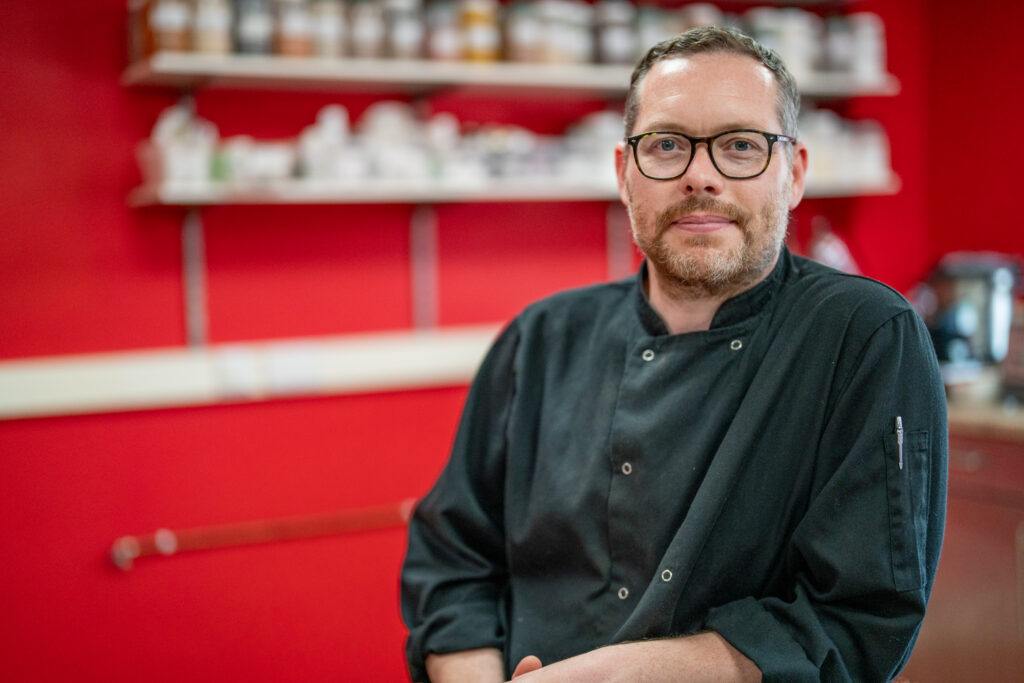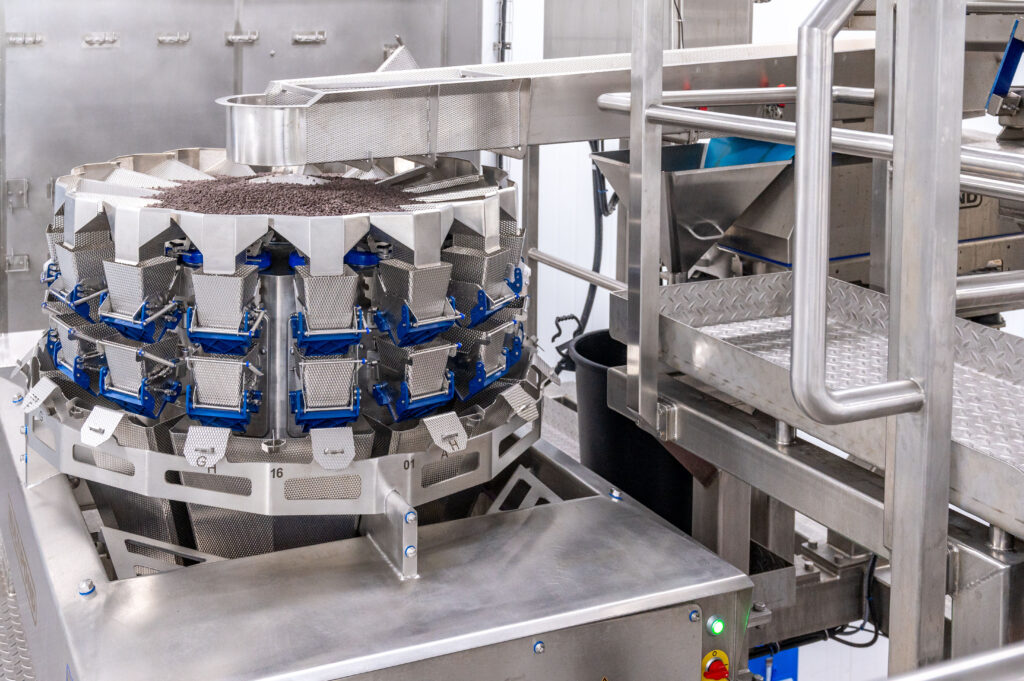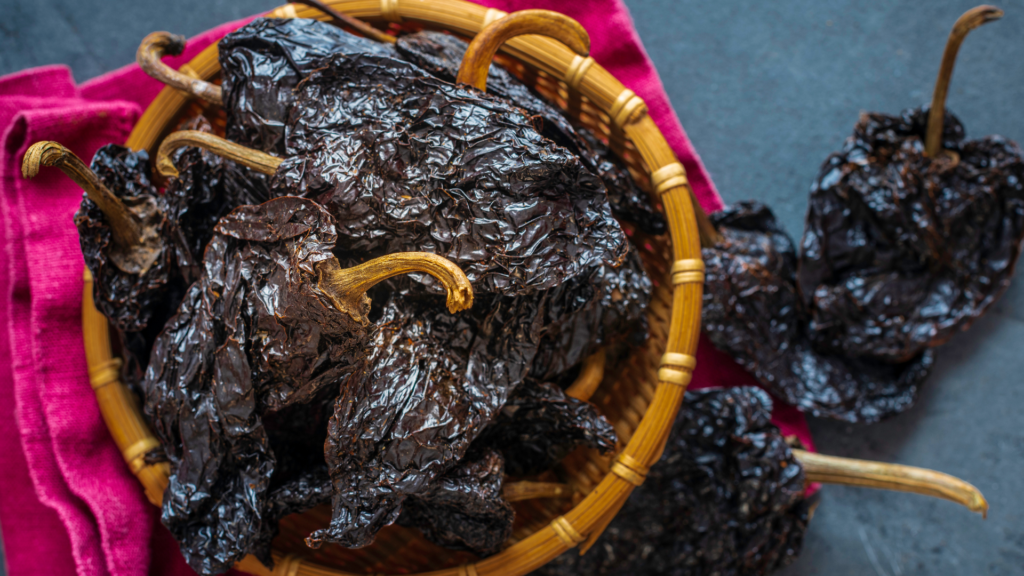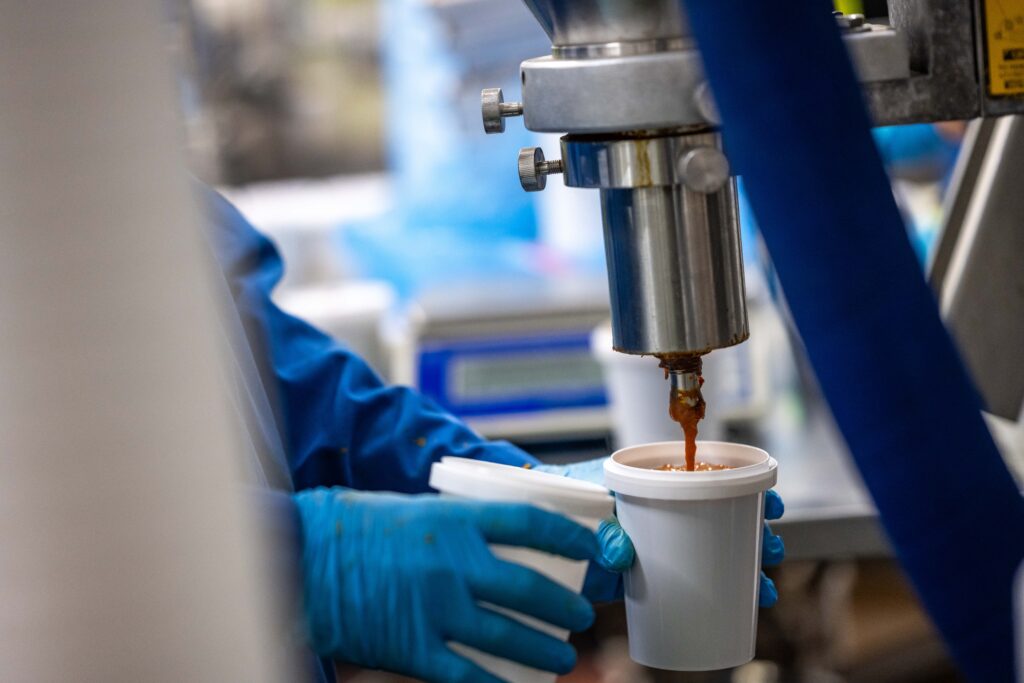Clean declaration isn’t just a niche trend
It’s a transformative movement that’s reshaping how companies operate and how products are perceived by consumers.

As more individuals prioritise health and transparency in their dietary choices, businesses are responding by cleaning up their labels.
This isn’t merely a marketing ploy; it’s a robust strategy backed by compelling data and consumer behaviour studies that underline the urgency and benefit of adopting clean declaration practices.
The Data Behind Consumer Preferences
Recent research highlights a significant shift in consumer behaviour.
Research suggests more than 60% of consumers globally are willing to pay a premium for products that promise transparency and cleaner labels.
This isn’t just about avoiding chemicals or additives; it’s about trusting the brand.
A 2023 Nielsen report indicated that products with labels that consumers understand can see a sales increase of up to 15% compared to products with complex, obscure ingredients.
Moreover, a study by the Food Marketing Institute found that 75% of consumers are more likely to purchase a product that lists ingredients they recognise and trust.
With so much access to digital content, QR codes and scanning apps, full product information is more readily available than it’s ever been before.
Consumers are more informed and more skeptical of what goes into their food, especially with the emergence of social media influencers who have follower not just in the thousands, but millions, and whose personal views are changing the balance of how consumers now shop.
This push towards clean declaration is influencing purchasing decisions more than ever before.
Technological Advancements in Clean Declaration Label Formulations
The quest for cleaner labels in food products has been propelled forward by notable advancements in food technology, allowing companies to meet consumer demands for transparency and natural ingredients without compromising on quality.
Techniques like high-pressure processing (HPP) are leading the way in which foods are preserved. HPP destroys pathogens and extends shelf life without the need for chemical preservatives, maintaining the food’s original flavour and nutritional value.
Similarly, cold-brew extraction methods are a process that some producers are now utilising to gain traction, with the ability to extract pure flavours and aromas from raw ingredients such as coffee and tea without the use of high temperatures. This preserves the delicate compounds that could be damaged by traditional extraction methods.
Another breakthrough in clean label formulations is the inclusion of natural preservatives and enhancers, such as rosemary extract.
These serves dual purposes: extending shelf life and adding to the product’s antioxidant content.
Additionally, the enzymatic modification of ingredients allows for the natural enhancement of flavours and textures in products such as baked goods and dairy.
Enzymes, being biodegradable and efficient in small quantities, are seen as a viable alternative to artificial additives, can help manufacturers clean up their labels while delivering the ‘homemade’ taste that consumers are increasingly seeking.
As these technologies become more mainstream, their cost-effectiveness improves, making them accessible to a wider range of producers, from startups to multinational corporations.
This democratisation of technology not only fuels innovation across the board but also helps companies align with regulatory standards and consumer expectations for cleaner, simpler labels.
The industry’s shift towards such technologies reflects a broader movement towards sustainability and health-consciousness, suggesting a promising future for clean label products that do not compromise on quality or consumer trust.
These developments signify a transformative period in the food industry, where technology meets traditional food processing to cater to the modern consumer’s expectations.
Regulatory Tailwinds and Global Market Trends

Globally, regulations are increasingly focusing on the transparency of food labelling to ensure consumer safety and environmental sustainability.
In Europe, the “Farm to Fork” strategy, a key component of the European Green Deal, aims to transform food systems into models of fairness, health, and eco-friendliness.
This strategy includes a strong push for cleaner, more straightforward labels that clearly inform consumers about what they are eating.
Similarly, in the United States, the FDA has introduced the New Era of Smarter Food Safety initiative.
This program seeks to enhance food production processes, making them more traceable and safer, thus providing consumers with clear and accurate product information.
These regulatory changes are reshaping the industry, driving a move towards clean label products that promise transparency and simplicity in ingredients.
This shift is not merely about compliance with new laws but also about catering to a growing consumer demand for food products they can trust.
According to a MarketsandMarkets™ report, the market for clean label ingredients is on a robust growth trajectory. It’s projected to reach over $64 billion by 2026, growing at a compound annual growth rate of 6.75% from 2021.
This trend highlights a significant shift in consumer preferences and underscores the impact of regulatory frameworks on the food industry’s future.
A Strategic Advantage in Branding
Embracing clean declaration offers companies a strategic advantage.
Brands that commit to clear, honest, and simple product information can leverage this in their marketing to enhance consumer engagement and loyalty.
This transparency is now a powerful branding tool. For example, brands like Chobani and KIND Snacks have built their market presence around the promise of simple, non-GMO ingredients, which has resonated strongly with health-conscious consumers.
Conclusion: The Future Is Transparent for Clean Declaration
The push for clean declaration is not just about keeping pace with market trends—it’s about being a step ahead in a world where the consumer’s right to know is central.
Companies that embrace this change are not only future-proofing their business but are also leading the way in ethical consumerism.
As we look towards a more transparent food industry, the message is clear: clean declaration is more than a label; it’s a commitment to quality, trust, and integrity.
It’s a promise that companies need to make and a standard that consumers are starting to demand.
In this landscape, the brands that can deliver on this promise transparently and consistently will define the next frontier of the food industry.
To read more of our Industry based musings, why not head over to the Camstar Ingredients New Page where you will find regular articles.












